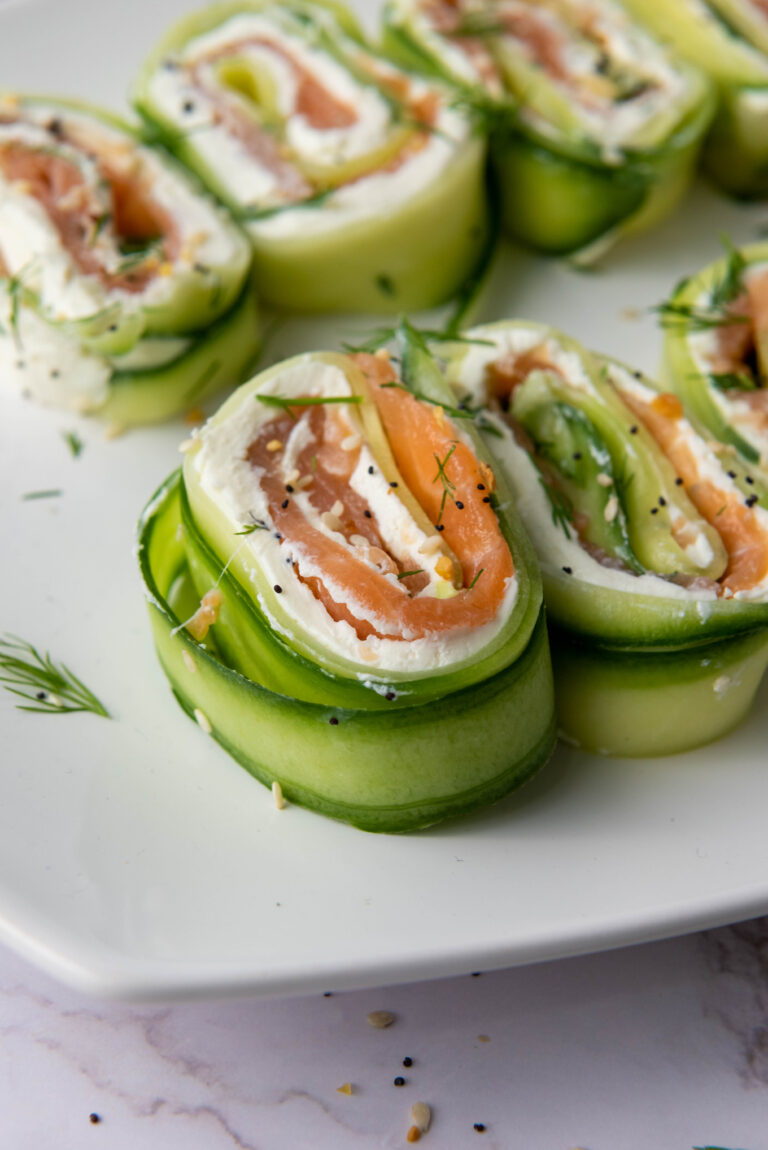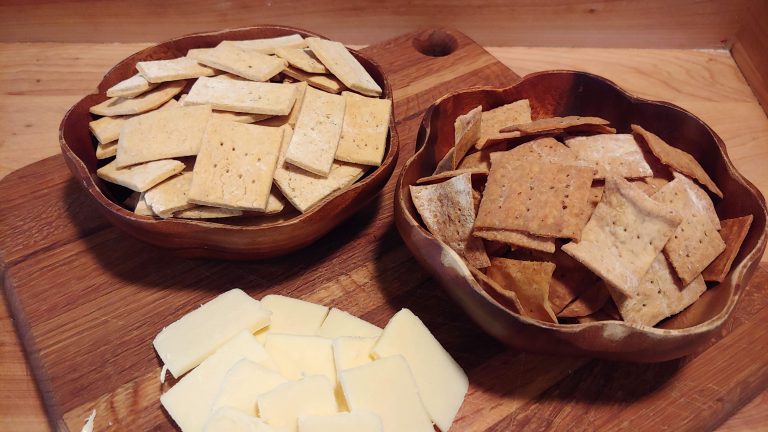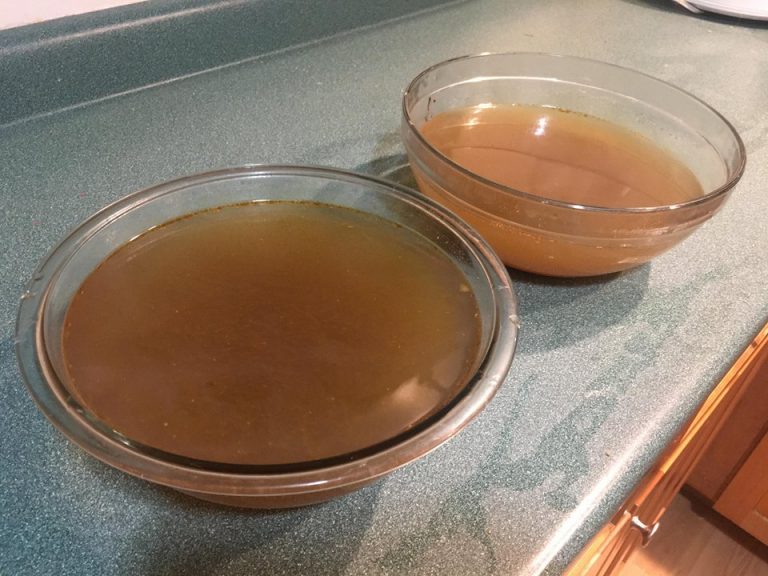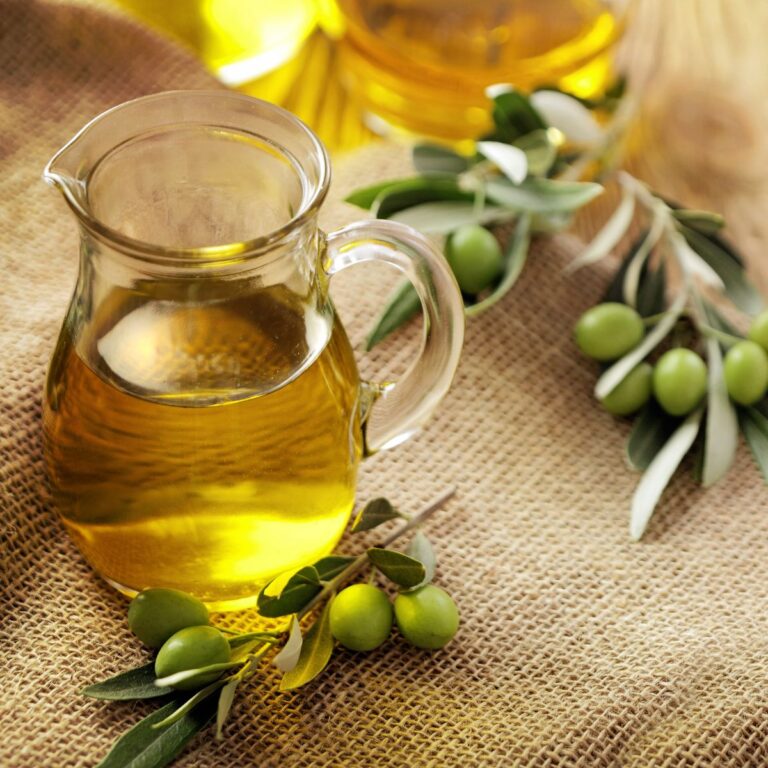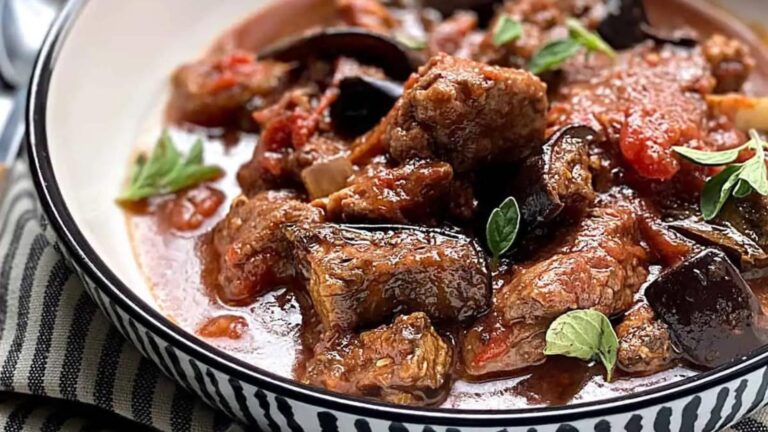This post may contain affiliate links.
Stocking your pantry is a common strategy to prepare for emergencies or the need to space out visits to the grocery store. It is a reasonable idea and one that can come in handy.
Packing a homestead pantry is all about choosing the staple items you need and sourcing them reasonably and responsibly.
And to pack this pantry, you don’t have to buy out the shelves nor do you have to buy low-quality, canned, or processed food that will last forever. You can stock your pantry with high-quality, nutritious food that will taste amazing when you prepare it.
In this article, we share pantry staples and how to best source them. These staples won’t necessarily provide all the food you need for your family, but they will provide a baseline of healthy options that will get you through.
Flour, Yeast, & Grains
With a healthy supply of flour and yeast, you can make your own bread, pastries, pasta, and pancakes. Aim for high-quality flour with a good protein level, and be sure to add whole-grain flour to the mix to increase the nutritional value of your baked goods.
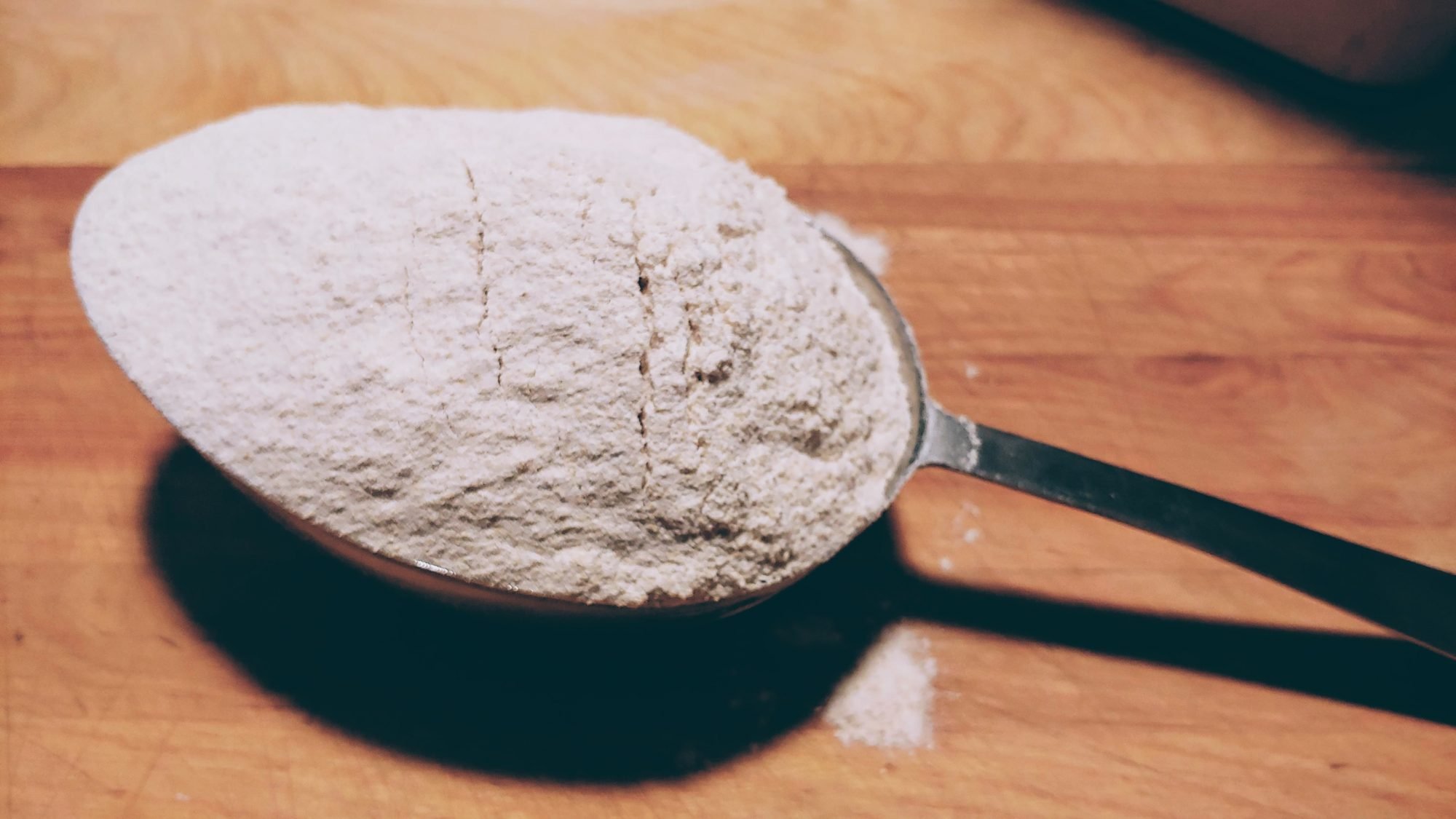
We buy flour in bulk from King Arthur Flour because they are local to us, and we can stock up when we pass by their factory store. You can also order King Arthur Flour online for fairly good bulk prices (such as this four-pack of All Purpose Flour). That said, be careful when buying flour online in times of emergency – price gauging can lead to unreasonable costs that make you better off sourcing locally.
If you are going to buy flour in bulk, it typically makes sense to buy a reasonable amount for about a month’s worth of baking. If you go overboard and hoard flour from the store, you could end up buying too much and having it lose its nutritional value and freshness. You’ll also be taking flour from others who might need it. Store your supply of flour in air tight containers in a cool, dark, and dry place. Whole wheat flour can also be stored in the freezer to retain its freshness.
If you are going to be baking bread on a regular basis, buying yeast in bulk is also a good idea. Don’t waste your time with individual packets; instead, consider a larger size bag of Instant Yeast. For fair prices and availability, shop straight from the producer or from a local health food store.
Don’t forget baking soda and baking powder, too!
If the flour shelf is empty at your grocery store, consider grinding your own flour at home with a grain mill. This is an even longer-term solution as wheat berries can be purchased in bulk and will retain their nutrition right up until the time you grind them.
You can also add a variety of other grains to your pantry that will provide great nutrition for your family. Consider quinoa, a high-protein powerhouse, as an alternative to pasta. Add steel-cut oats for an incredibly healthy breakfast staple, and rolled oats for breakfast or baking. Add barley for nutritious soups. As a bonus, most of these grains can be ground up and added to your bread!
Lastly, don’t forget to include rice in your pantry stocking list. Brown rice will provide the best nutritional value, but white rice is a versatile addition to many meals.
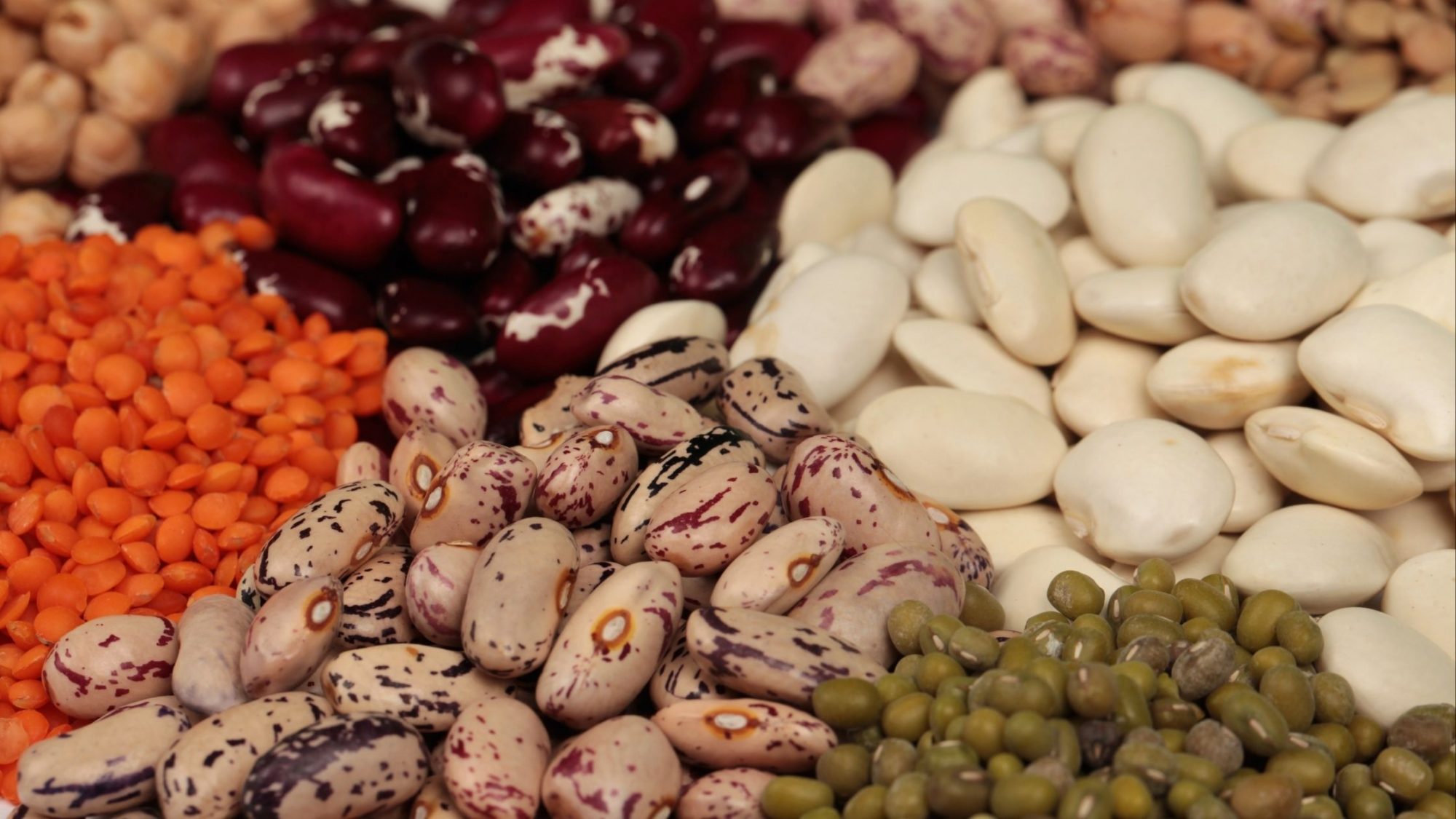
Dried Legumes
Legumes (beans and peas) are another essential item in our pantry. They store for a long time, make for versatile meals, and have tons of nutritional benefits. They’re also a much less expensive source of protein than meat and make for a great addition to your family dinner schedule at any time.
Dried beans can be made into chili, veggie burgers, soup, and even dips or (in a pinch) desserts. Rehydrating dried beans can be done in a stock pot or – my favorite method – in an Instant Pot. We use our Instant Pot a few times a week to cook beans or grains, and find it to be an essential (modern) kitchen tool for self-reliance. You simply throw the beans into the instant pot with water, set the pressure timer, and in less than a half hour your beans are ready for any recipe.
We prefer dried beans to canned for a few reasons; dried beans take up less space in our pantry; we don’t risk contamination from the can; and frankly they taste more fresh and less slimy.
Beans can often be sourced in bags at your grocery store, but if you find they are running low or if you want to buy in larger amounts, consider ordering in bulk. We have found Palouse Brand dried legumes to be a great option for bulk buying. They sell chickpeas, lentils, and split peas – and you can get 5lbs of each in their variety pack!
Fruits and Vegetables
Our preference is to freeze or can our home-grown vegetables whenever possible. But if you when stocking up for the long haul and you want pantry-friendly options, this probably needs to be part of the equation.
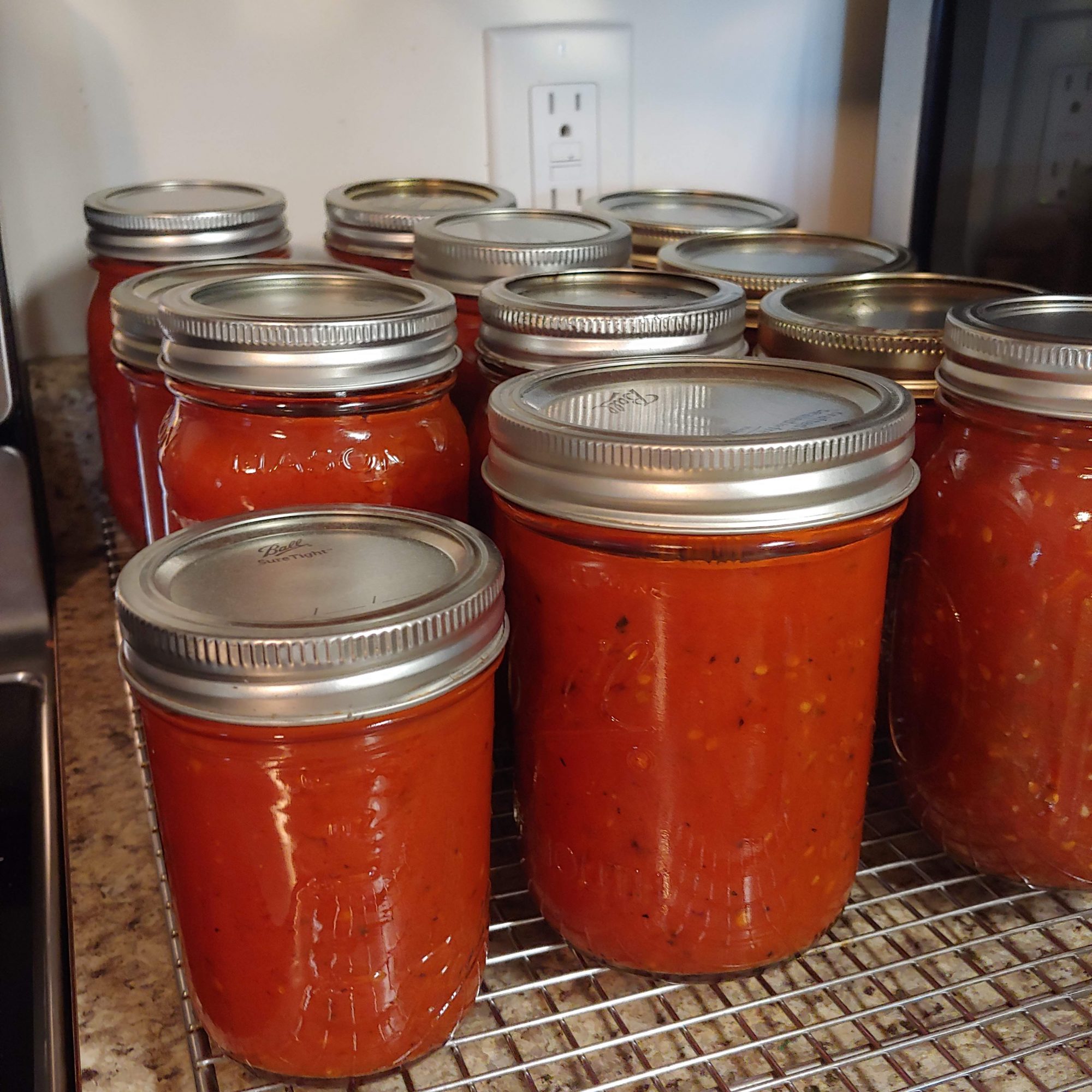
First, lets talk about what you can can yourself. Our favorite foods to can, and some of the easiest ones to start with if you are new to canning, are tomatoes and pickled veggies. These things do not have to be pressure canned and can be preserved through the boiling water canning method. You can preserve whole tomatoes, tomato sauce, or salsa using these methods. You can also make cucumber pickles, relish, or dilly beans (a great way to eat green beans for a snack).
Another thing you can do yourself is dry fruits and vegetables using a dehydrator or your oven. We finally harvested our own mushrooms this year and managed to dry a few pounds of shitake mushrooms that we look forward to cooking with this winter. You can do the same with store-bought mushrooms if you want to stock up. Likewise, you can dry apple slices, strawberries, or other fruits to keep on hand for snacking or cooking, and you can also make your own dried tomatoes. It’s not quite the same as biting into a fresh apple, but it does retain nutrition and flavor fairly well.
You know what else you can dry? Leafy greens! That’s right, you can dry spinach or kale and turn it into flakes that can be added to soups, stews, or other dishes all winter long with no freezer necessary. The method for drying greens is basically the same as drying fresh herbs.
If you need to buy fruits and vegetables that can be stored long-term, aim for preserved options that don’t have a ton of added sugar or preservatives. Applesauce, for example, is a great healthy alternative for kids. This article from Eating Well Magazine shares their top 5 choices for vegetables that actually perform pretty well out of a can (corn, tomatoes, carrots, green beans, and peas).
Condiments, Seasonings, & Sauces
To make your meals taste good, consider stocking your pantry with essential condiments, seasonings, and sauces. We’re not talking about a bunch of pre-made sauces with artificial flavors and preservatives (unless you have a favorite you use regularly). We’re talking about a handful of basic items that you can use for many recipes. For us, the following items are our “must haves” for cooking and baking:
- Olive Oil
- Salt & Pepper
- Soy Sauce
- Basic Herbs & Spices (some of which we dry ourselves)
- Vegetable Oil
- Apple Cider Vinegar
- Balsamic Vinegar
- Ketchup
- Tomato Paste
- Honey and/or maple syrup
- Peanut Butter
If you have limited space, this short list can provide most of the flavor you need for most of the dishes you want to prepare.
Convenience & “Fun” Foods for your Pantry
Let’s face it, you’re not always going to want to cook from scratch. So it is ok to add a few convenience and snack foods to your pantry that will please most family members and help you make a meal or snack in a pinch. These will vary for different families, but for us, this includes: pasta, crackers, cereal, granola bars, and tortilla chips (plus salsa if we haven’t canned enough ourselves).
Likewise, we keep a nice stash of baking products like chocolate chips and cocoa powder on hand. Baking is a family affair, and a special baked treat is an important part of our week.
Carrie Williams Howe is an educational leader by day and an aspiring homesteader by night and weekend. She lives on a small homestead in Vermont with her husband, two children, and a rambunctious border collie. She blogs about her family's homestead life at The Happy Hive.


